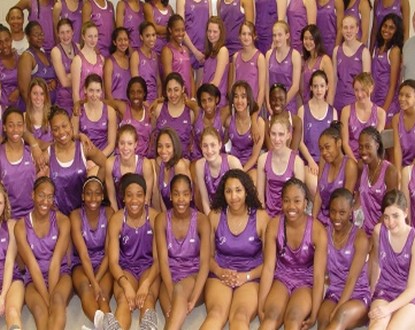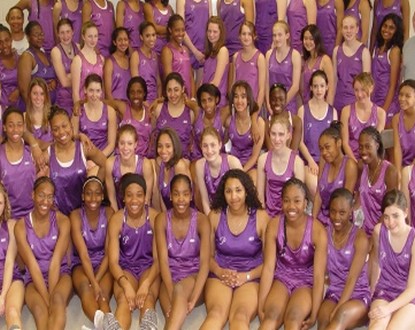Sport is often described as a mirror of our society, perhaps because it is a theater for the expression of human emotions just as much as it is a center of media attention… to the point of being an integral part of each country’s culture.

That sport is therefore historically a concept and a space created by and for men cannot be denied. But is it destined to remain so? Changes in societal norms, the courage of athletes, the feminist movement, and now globalization have advanced the cause and seem to suggest otherwise. Indeed, a long journey, sometimes slow, has been traveled since the pioneering efforts of women like Stamata REVITHI or Alice MILLAT. While at the 1928 Amsterdam Games, women accounted for only 4% of participants, their participation rate reached 40% in the first Olympics of the third millennium in Athens: a significant symbol.
Beyond elite competitions, women today are part of the sporting landscape in that they participate in regular physical activity on a large scale. Thus, 37% of European women report engaging in sports at least once a week (source: Eurobarometer, Sport and Physical Activities, March 2010).
Should we be content with this? Or isn’t it rather worrying that even though “women and girls make up more than half of the world’s population, the percentage of those who participate in sport is still lower than that of men and boys,” as noted by the signatories of the Brighton Declaration on Women and Sport in 1994? In an increasingly demanding society, how can we not question why, despite the widely touted benefits of sports participation, not all women engage in sports? Indeed, participating in sports, as it is an excellent tool for empowerment and self-expression, can enrich, enhance, and evolve the lives of women. In this respect, contrary to a sometimes too prevalent idea, sport can be an expression of each woman’s femininity, sometimes wild.
Looking behind the scenes at the governing bodies, the situation is even more disheartening. When governance issues are at the forefront of concerns in the sports movement, it is indeed interesting to highlight the very low representation of women in key positions: women represent only 17% of the association presidents in France.
And it is not much better among our European neighbors: in Germany, women occupy 27% of administrative and organizational positions and 9% of management positions, whereas for example, in the Netherlands, it is 25%.
In Sweden, 31.5% of the leaders of specialized sports federations are women.
In short, wherever you look in Europe, despite significant disparities between countries, female underrepresentation in leadership positions, whether elective or not, is widespread (study Study on Volunteering in the European Union, February 2010).
This same phenomenon is also often found in technical staffing. For instance, in France, as of December 31, 2009, only 5% of national technical directors were women.
At a time when sport is seeking a new impetus, wouldn’t femininity, the very symbol of birth, be able to provide answers to the challenges threatening sport and its values by restoring some balance? Are these two phenomena, the relative rarity of female sports participation and the presence of women in key positions, an expression of their will or the existence of a glass ceiling? Undoubtedly, there is some truth in both answers.
However, the centennial anniversary of International Women’s Day, whose purpose is, let’s remember, “to acknowledge the fact that peace and social progress and the full enjoyment of human rights and fundamental freedoms require the active participation, equality, and development of women, and to recognize the contribution of women to the strengthening of international peace and security,” offers a great opportunity to promote free access to sport for all women, equality in access to leadership positions as well as pay, and inherently linked, equivalent media coverage.
Of course, this calls for a long process, which we would like to believe is partly underway. We are convinced that it could showcase the capacity of sport to propel society by anticipating it, perhaps for the first time.
Carole Ponchon (source: CROS/CTAZ)



